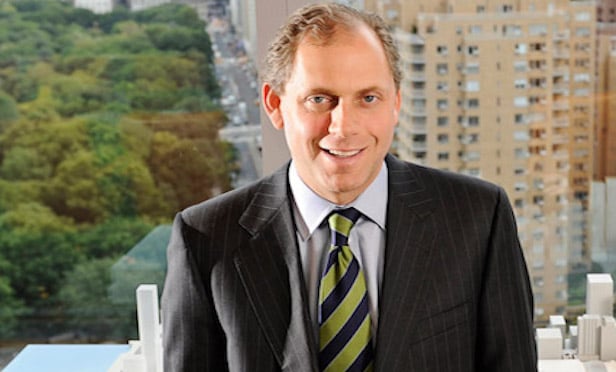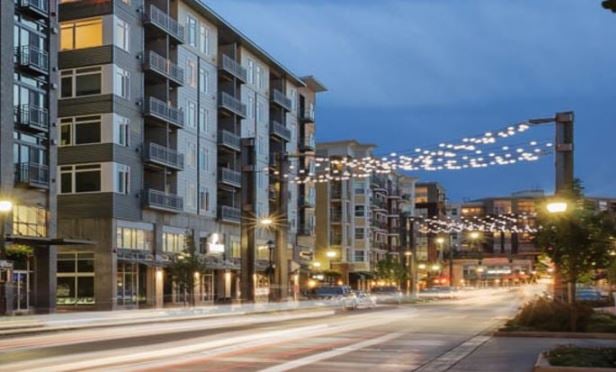HOUSTON–Transwestern recently appointed Micheal Palmer to the company's tenant advisory services group as senior vice president. In this role, the 27-year veteran will assist industrial property occupants. Over the course of his career, Palmer has closed more than 1,100 transactions worth more than $1.2 billion. In this exclusive interview, GlobeSt.com talked with Palmer to get his thoughts on the industrial market, how it's changed and where it's headed.
GlobeSt.com: In your opinion what is the current state of Houston's industrial market?
Palmer: All market metrics are positive with many at historic levels. Vacancy has hovered at a 40 year low for over 18 months, building values have never been higher, and demand remains strong. Further, investor interest is unparalleled, new construction has remained in check (so far), cap rates are lower than anyone could have anticipated, and there is readily available access to capital.
Recommended For You
Want to continue reading?
Become a Free ALM Digital Reader.
Once you are an ALM Digital Member, you’ll receive:
- Breaking commercial real estate news and analysis, on-site and via our newsletters and custom alerts
- Educational webcasts, white papers, and ebooks from industry thought leaders
- Critical coverage of the property casualty insurance and financial advisory markets on our other ALM sites, PropertyCasualty360 and ThinkAdvisor
Already have an account? Sign In Now
*May exclude premium content© 2025 ALM Global, LLC, All Rights Reserved. Request academic re-use from www.copyright.com. All other uses, submit a request to [email protected]. For more information visit Asset & Logo Licensing.







